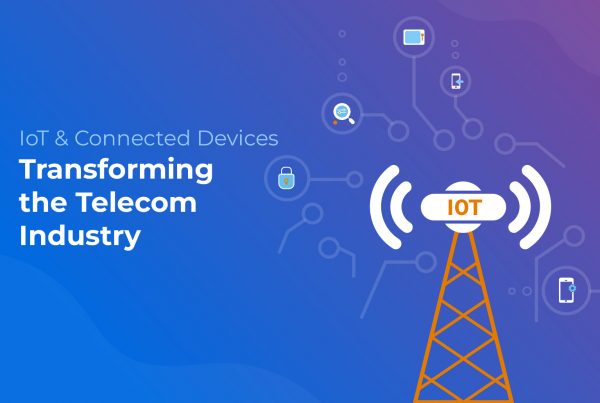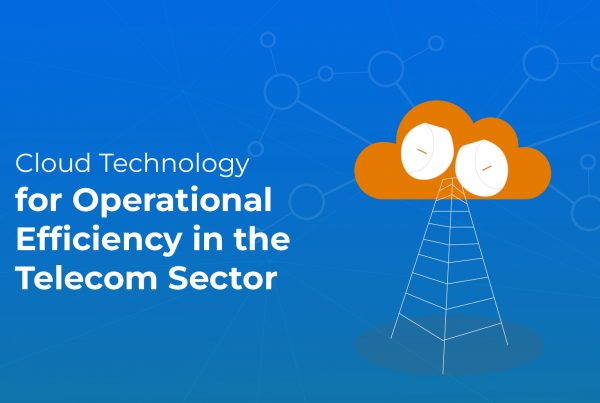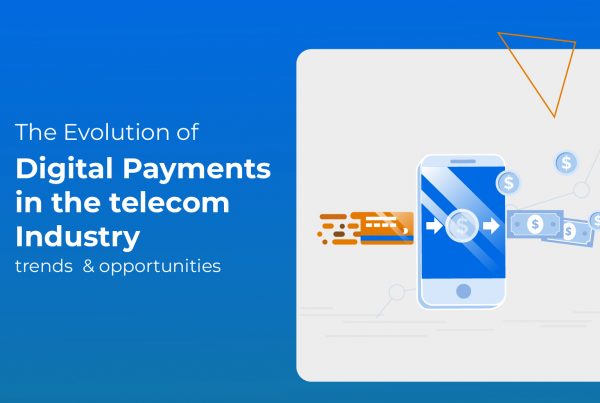Digital strategies and technologies have profoundly changed how businesses and individuals work, buy and live. These technologies offer new ways to connect, collaborate, conduct business and bridge the gaps between individuals. This is primarily, what a digital business is all about. Digital technologies have challenged the existing business models, in the context of digital transformation, through disruptive technologies, holistic business optimization and integration. Digital business is all about the people operating the functions and the business processes in place. A well connected business approach across all functions and an interaction within the ecosystem of the business can only happen if telcos are able to connect value creating dots which include all the processes mentioned below.
For a Telecom Operator to experience digital mastery and create a digital business, the following six steps are essential:
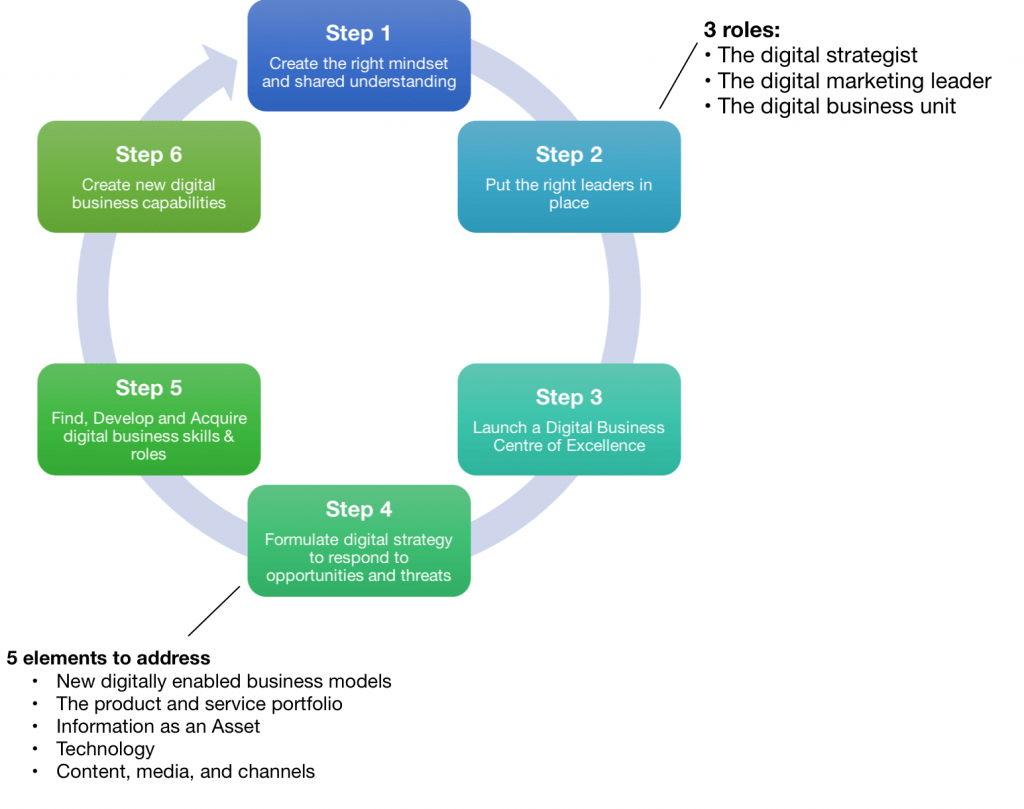
Factors contributing to Digital transformation
These questions then arise:
How to choose a digital leader?
How to formulate digital strategies?
How to improve efficiency, business and the lives of the people in the ecosystem?
The answer to these questions is quite simple and requires telcos to take one step forward- Digital Transformation!
Digital transformation is the profound and accelerating transformation of business activities, processes, competencies and models to fully leverage the changes and opportunities of digital technologies and their impact across society in a strategic and… Click To Tweet
Digital transformation encompasses all aspects of business, regardless of whether it concerns a digital business or not, in times when the acceleration of technology adoption and of change leads to entirely new market, customer and business (people, capabilities, processes, models) realities, opportunities and challenges, ultimately leading to a new economy.
For a telco to initiate this transformation, it first has to take a step back and integrate two processes in its business: Digitization and Digitalization.
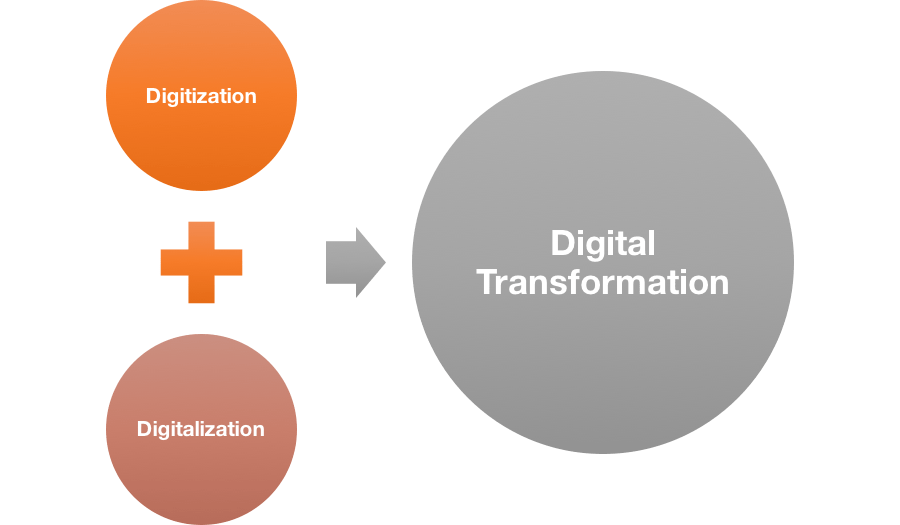
Elements of Digital transformation
Digitization
Digitization can be defined under two use cases
- Digitization of information
- Digitization of processes
In simple words, digitization is the process of converting analogue data (information) to digital data (computer readable format), in which the information is stored in bits.
This is the representation of information in digital terms. However, digitization occurs not only in data, but also in the processes that are being performed in a business. It brings about a sense of automation and leads to smooth workflows and business processes. Case in point, for digitization in telecommunications to happen, operators must put their customers, their digital experiences, and the products and services they demand at the center of their strategic thinking.
It offers telcos the opportunity to reflect and reposition themselves in the market, reinvent their business systems and create innovative offerings for customers.
Digitalization
Digitalization, on the other hand, means the use of digitization, digital strategies, and digital data to create new digital revenue streams and offerings, improve business processes, and create a workplace whereby digital transformation is at the core. So basically, digitalization is not possible if the telcos have not embraced digitization and brought about changes within the organization to spur and start a digitalized business. When talking about a digitalized business for a telecom operator, we mean the digitization of the workplace, a change in the business models, improvements in its supply chain, the ways in which it delivers its products and the methods it employs to support its customers. These changes cannot be realized until and unless an organization has digitized enough.
Digitization and Digitalization together bring about Digital Transformation; which is still an ongoing process. Click To Tweet
How we help?
Seamless, helps telcos in creating this digital world by devising and implementing strategies that helps them achieve the six steps stated above. We help our clients to understand and realize the market needs, discover the market potential and deliver revenue generating products and services that satisfy the demands of today’s digital customer. In this context, the subscribers (mobile users) want access to airtime credit when they need it, regardless of their location or time. To achieve this, the telecom operators have shifted their focus to providing eTopup to its customers. SDS helps its customers (telecom operators) to deploy a comprehensive solution which extends etopup Anytime, anywhere! This not only solves the problem at hand but also eliminates the need for a telco to have a complete supply chain process in place. In short, it is not only cost efficient but potentially scales business for telecom operators with unparalleled scalability and diversity.
Not only do we enable for telcos to digitize their data (in terms of transactional data records), but also provide a platform and omni-channels that create an engaging customer base(subscribers).
We enable ways for telcos to transform their business processes—and consequently their customer experience and business models—through digital technologies.
Seamless delivers products and services that are customer centric, use digital technologies, and helps telcos to develop new business capabilities that satisfy the end customer. We do this on two levels:
- Improving business processes
- Redefining customer engagement
To know how Seamless delivers value and helps telcos achieve their target of digitalizing their channels and creating a customer base that is both digital and empowered, read our upcoming blogs.
